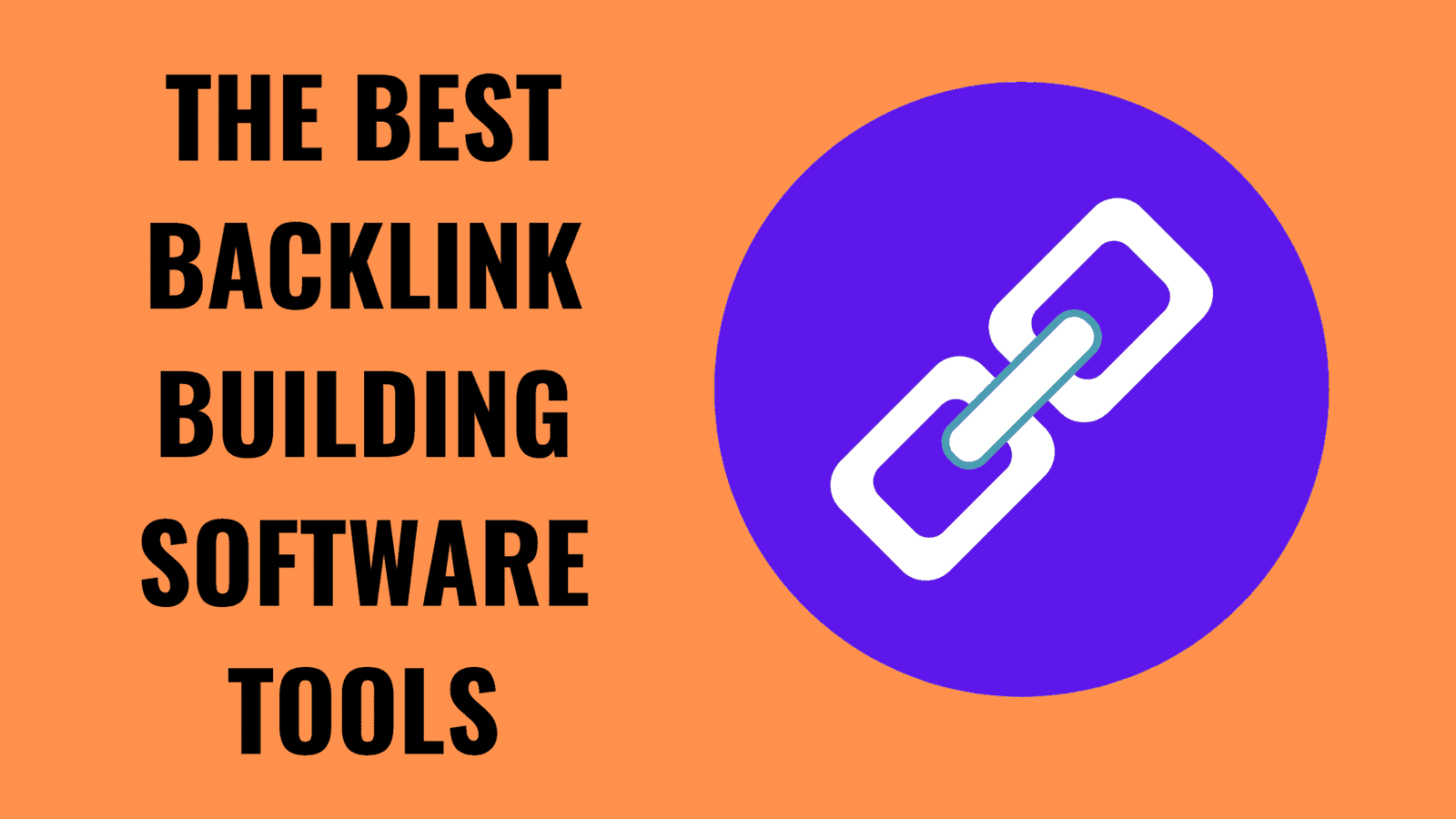"How Minifying Web Files Can Improve User Experience" Fundamentals Explained

This Website is a method that includes clearing away unnecessary characters coming from resource code without modifying its capability. It has come to be a usual practice in internet progression to boost website loading time. Through decreasing the dimension of files, minification decreases the amount of information that need to have to be transmitted from the server to the consumer's browser, resulting in faster page tons opportunities. In this blog post, we will certainly explore the effect of minification on website loading opportunity.
When it comes to website functionality, velocity is important. Researches have shown that users often tend to desert websites that take additional than a few seconds to pack. This makes it vital for creators and website owners to optimize their websites for quick lots opportunities. Minification participates in a substantial job in obtaining this objective.

One means minification helps boost bunch times is by lessening data sizes. When resource code data are minified, excessive personalities such as white areas, product line breaks, and comments are taken out. These personalities do not affect the performance of the code but increase data sizes. By eliminating them, minification substantially lessens data sizes and enables for faster data transfer.
Another advantage of minification is that it reduces the variety of HTTP requests made by a webpage. Each file on a webpage calls for a different HTTP request to bring it coming from the hosting server. The even more documents there are, the longer it takes for all these asks for to accomplish. Minifying several documents right into one can easily aid minimize these demands and strengthen overall tons opportunity.
Additionally, when JavaScript and CSS files are minified, they may be gzip squeezed even more efficiently by internet hosting servers before being delivered over the network. Gzip compression even further lowers file sizes through pressing them in to smaller sized packages for transmission. Much smaller report suggest faster downloads and lowered bandwidth use.
Nonetheless, it's essential to keep in mind that while minification enhances packing times overall, its influence differs depending on different factors such as website difficulty and hosting server arrangement.
In some cases, if not performed appropriately or excessively applied, minification may lead to unintentional consequences. For example, if a report is minified also aggressively, it might lead in broken capability. This is because minification may modify the design of the code, producing it tough for web browsers to analyze appropriately. For that reason, it's critical to assess and validate the minified code to ensure that it functions as intended.
In addition to minification, other approaches such as caching and making use of content shipping networks (CDNs) can easily better boost website loading opportunities. Caching makes it possible for web browsers to stash specific report locally so that subsequent check outs to the same website tons faster. CDNs disperse website files all over a number of web servers around the world, lowering latency and boosting accessibility for consumers located far coming from the server's bodily area.
In conclusion, minification participates in a considerable role in enhancing website lots times by reducing file sizes and lessening HTTP asks for. It enables for faster information transmission from server to browser and improves gzip compression effectiveness. However, vigilance have to be exercised when carrying out minification as excessive or inaccurate utilization can lead to broken functionality. By blending minification with various other optimization procedures like caching and CDNs, internet developers can create websites that fill quickly and supply an optimum consumer experience.
